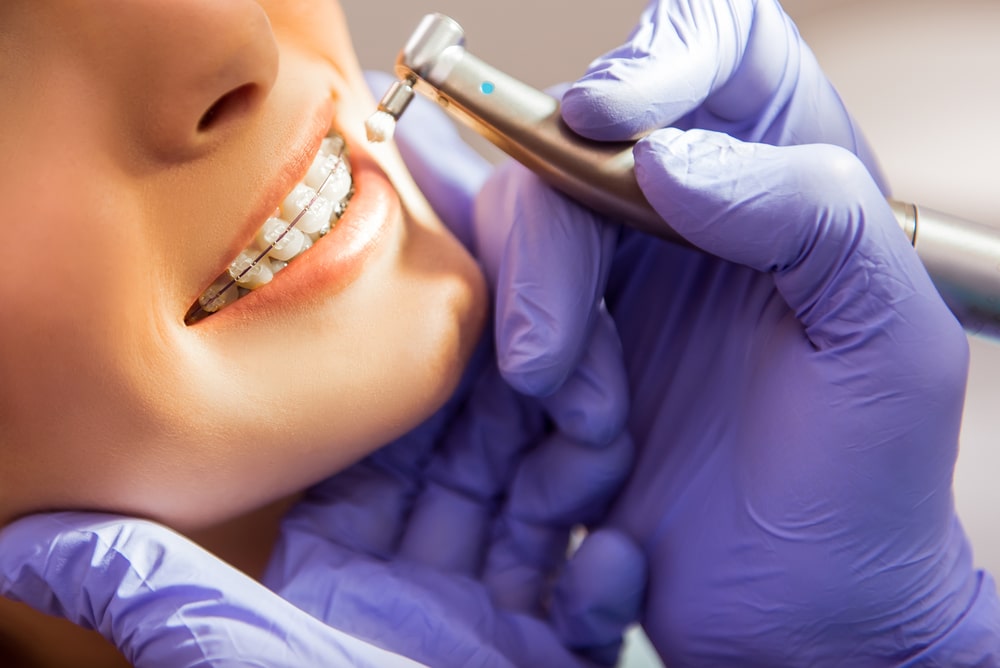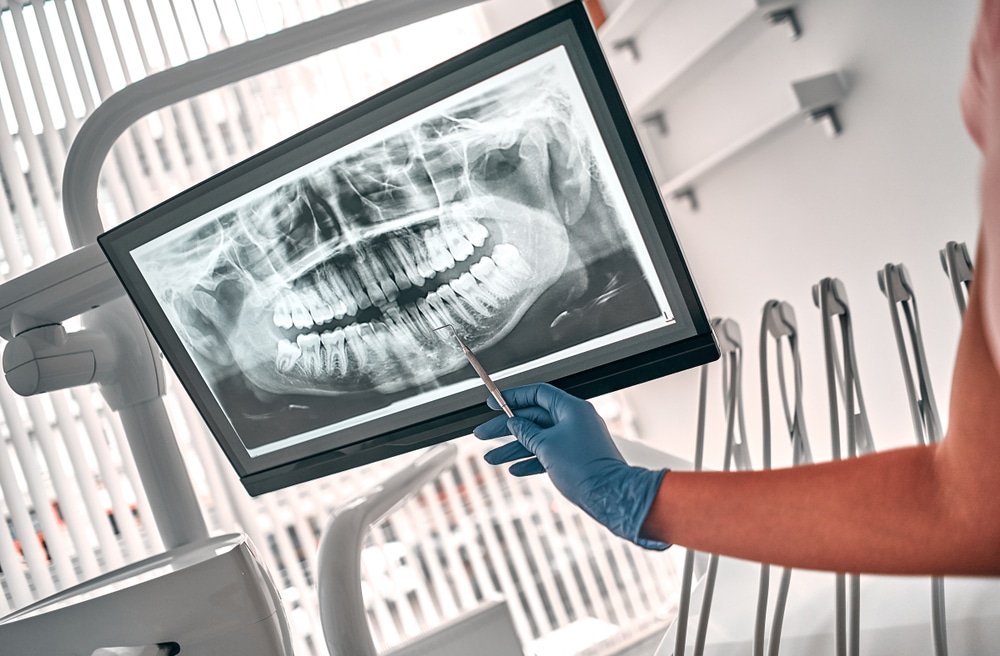
Orthodontist vs Dentist: What is the difference between an Orthodontist and a Dentist?
January 14, 2024
Light-based Medical and Health Devices (Part 1)
March 15, 2024Identifying and Clarifying the Different Types of Dental Specialists
In the United States, the National Commission of Recognition of Dental Specialties and Certifying Boards (NCRDSCBTHE), a department of the American Dental Association, recognizes twelve types of dental specialists:
- Orthodontics and Dentofacial Orthopedics
- Pediatric Dentistry
- Periodontics
- Prosthodontics
- Oral and Maxillofacial Surgery
- Oral and Maxillofacial Pathology
- Endodontics
- Dental Public Health
- Oral and Maxillofacial Radiology
- Dental Anesthesiology
- Orofacial Pain
- Oral Medicine
In an earlier Alger Blog, “Orthodontist vs Dentist: What is the difference between an Orthodontist and a Dentist?,” we identified some key distinctions that separated general dentistry from the specialty of orthodontics, noting that one difference is that orthodontists continue their education beyond dental school to develop the additional training needed to master their specialty field. This is true for all of the above-identified dental specialists. In fact, in the United States–and in most countries that recognize dental specialists, for that matter–dental specialists are not allowed to practice general dentistry. They must instead focus their work on their more focused areas of expertise.
But what does each dental specialist do?
In this blog, we’ll look at all twelve of the recognized dental specialties to clarify how each specialty contributes to the overall system of dental care in the United States. The goal is to provide a comprehensive list of dental specialists with enough information about each to give the inquiring layperson a clear understanding of what each one does.
1. Orthodontics and Dentofacial Orthopedics

The first identified dental specialty is orthodontics and dentofacial orthopedics. These dental specialists focus on malocclusions, or the misalignment of teeth, and how the jaw and facial construction can contribute to oral irregularities that impact malocclusions. The primary tool of the orthodontics trade is–of course–braces, which are used to straighten teeth for aesthetics and general oral health. Orthodontists popularly acknowledge that braces are most beneficial when administered to young teen and pre-teen patients, with evaluations performed on child patients starting around age seven. However, adults account for about 25 percent of the more than four million Americans who wear braces. Thus, orthodontists treat a wide age range of patients from children and adolescents to adults.
2. Pediatric Dentistry
Pediatric dentistry, as the name suggests, is a field that specializes exclusively in providing oral healthcare to child and adolescent patients. Pediatric dentists focus heavily on treating and controlling caries (cavities or tooth decay) through fluoride treatments and dietary and hygienic instruction. Pediatric dentists train by working with children and adolescents experiencing severe dental issues and those needing emergency dentistry, developing gentle care techniques to alleviate dental anxiety in their younger patients. Pediatric dentists also receive training in orthodontic teeth-straightening methods.
3. Periodontics
Periodontics focuses specifically on the tissues that surround and support the teeth, such as the gums and jaws. Thus, periodontists are tasked with preventing, diagnosing, and treating the diseases that affect these tissues. The most common disease treated by periodontists is periodontitis, more popularly known as pyorrhea or gum disease, an inflammation of the gums that can result in receding gum lines and potential teeth loss if not treated properly and in a timely manner.
4. Prosthodontics
The ADA defines Prosthodontics as “the dental specialty pertaining to the diagnosis, treatment planning, rehabilitation and maintenance of the oral function, comfort, appearance and health of patients with clinical conditions associated with missing or deficient teeth and/or oral and maxillofacial tissues using biocompatible substitutes.” Much of the work of a prosthodontist deals with the restoration and replacement of teeth and related tissues with tissue substitutes or prostheses to ensure optimal functionality and aesthetics.
5. Oral and Maxillofacial Surgery
Oral and maxillofacial surgeons treat the jaw and associated structures through a variety of surgical techniques and procedures. Oral surgery can be used to treat diseases and injuries or correct inherent oral defects.
6. Oral and Maxillofacial Pathology

Oral and maxillofacial pathologists study the causes, processes, and effects of oral diseases in order to better understand and diagnose them. Treatment for these diseases is then handled by other dental specialists.
7. Endodontics
Endodontics is a subspecialty of oral and maxillofacial pathology that is concerned specifically with diseases that affect the inside of the tooth. Endodontists deal with the dental pulp and the surrounding tissue. Thus, the primary procedure performed by an endodontist is root canal therapy, which involves the removal of diseased dental pulp and its replacement with filling material.
8. Dental Public Health
Public health dentistry is heavily an educational-driven field that is practiced most commonly through government-sponsored programs that support the oral hygiene education of public school children. A public health dentist holds a master’s degree plus an additional year’s worth of training in order to pass the examination of the American Board of Dental Public Health.
9. Oral and Maxillofacial Radiology
Oral and maxillofacial radiology is the specialized application of X-rays for the diagnosis and treatment of oral diseases and disorders. Oral and maxillofacial radiologists are experts in using and reading X-rays and the use of radioactive materials for treatment purposes.
10. Oral Medicine
Oral medicine specialists tend toward non-surgical options to treat oral health issues afflicting medically complex patients (i.e., patients suffering from any number of medical issues that require specialized ongoing care). Oral medicine employs diagnostic biopsies, small excisions, therapeutic injections, and other minor surgical interventions, but in many cases, conditions are managed and treated through the use of topical and systemic medications.
11. Dental Anesthesiology
The last two dental specialties identified here involve the management of pain. Dental anesthesiologists complete an anesthesiology residency after dental school in order to understand the “art and science of managing pain, anxiety, and overall patient health,” which is applied during dental surgeries and diagnostic procedures.
12. Orofacial Pain
Adopted in September 2020, orofacial pain is the newest specialty recognized by the ADA. Orofacial pain specialists diagnose, manage, and treat pain disorders of the jaw, mouth, face, head, and neck. The field is dedicated to understanding the underlying pathophysiology, etiology, prevention, and treatment of these disorders and promoting interdisciplinary patient care.
How do I know when I need a dental specialist?

The above section is but a brief overview of each dental specialist, which is intended to provide basic understanding of their designated fields. Typically, a patient seeking oral health care will start with their regular dentist. If specialty treatment, beyond the scope of general dentistry, is required, that dentist can make a referral to the type of dental specialist that is best equipped to diagnose and treat specialty needs. Rarely does a patient seek out the support of a dental specialist without an initial consultation with a general dentist.
If you’d like to read additional informative articles about dentistry, technology, design, Alger Inc.’s company history, and more, we invite you to visit the Alger blog, where articles are published regularly.



